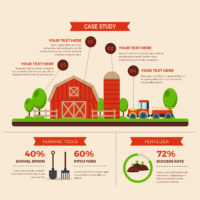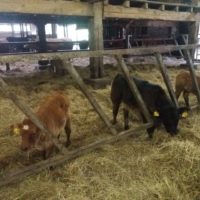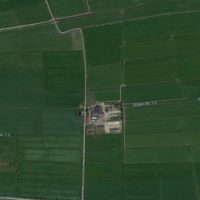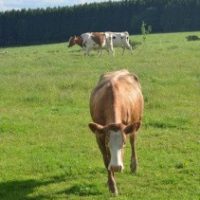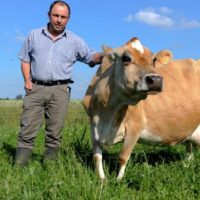Description
The innovation on this farm is to regularly mow the temporary grasslands at the right stages to optimize the yield and value of the forage harvested. Its implementation follows several failures in forage harvesting.
The installation of barn drying is planned to go even further in improving the value of fodder and save input thanks to the methanizer.
The innovation is inspired by a trip to Holland in 1983.
Reason for the innovation
The farmer’s strategy is based on a very good knowledge of the right forage harvesting stages (0.96 UF, 120 DINP and 93 PDIE), thanks to some natural indicators and analyzes. This allows the right balance of animal food intake.
Farm description
Environment
- Soil: Clay, limestone, loam
- Climate: Temperate oceanic climate
Grassland management
- Grazing management type: continuous grazing
- Length: 6 months/year
- 60% of the grasslands exclusively mowed
- Fertilization: 120 μN
- Dominant grass and legume species in grasslands: Perennial rye-grass, Cocksfoot, Fescue and White Clover
- Forage conservation type: Silage, Hay
Structure
- Annual Work Unit: 2,3
- Agricultural Area: 110 ha UAA
- 66 ha of main forage area including:
- 35 ha of temporary grasslands
- 17 ha of permanent grasslands
- 14 ha of corn silage
- Farm type: Specialist milk production
- Breed: Pie Rouge
- Livestock Unit: 137
- Stoking rate: 2.1 LU/ha main forage area
Animal performance
- Milk production per head: 10 600 L/year
Why it is working
The will of the breeders in the implementation of this innovation is the first factor of success. They wish to do reasonable things with a good distribution of workload and autonomy of the current system.
